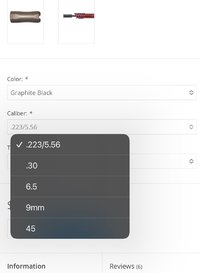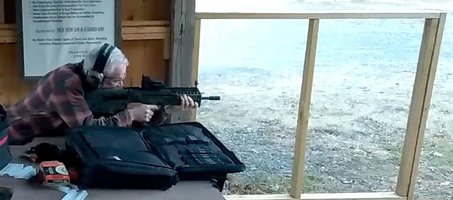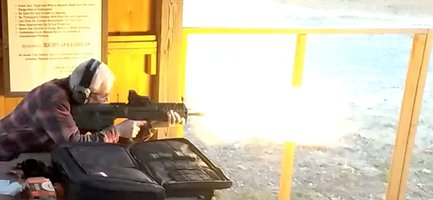Linear comps do not work like a regular brake. They actually add to add to felt recoil rather than subtract from it.There are muzzle breaks that redirect the concussion forward. It feels less loud and has absolutely no side gas ejection. Kaw Valley Precision makes really good ones. I've used one and it works like a regular break but no concussion and also feels quieter.
However. They are a good option if your gun doesn’t have much recoil to begin with, but you want to minimize felt concussion at the shooter and to the sides.
One option is the Black River Tactical Covert Comp. It’s not quite as effective as a linear comp, but is much smaller and lighter than the Kaw Valley. Black River Tactical Store - Shop BRT
Another light option is the V Seven Helios. But it’s bigger than the BRT covert comp. MUZZLE DEVICES




